Creating a bed under Pine trees
pkthomas
13 years ago
Featured Answer
Sort by:Oldest
Comments (31)
bkay2000
13 years agolast modified: 9 years agoken_adrian Adrian MI cold Z5
13 years agolast modified: 9 years agoRelated Professionals
New Bedford Landscape Architects & Landscape Designers · Milford Landscape Contractors · Americus Landscape Contractors · Byram Landscape Contractors · Canyon Lake Landscape Contractors · Hannibal Landscape Contractors · Homewood Landscape Contractors · Newnan Landscape Contractors · Seymour Landscape Contractors · Berkeley Driveway Installation & Maintenance · Fountain Fence Contractors · Bellflower Solar Energy Systems · Pacific Grove Solar Energy Systems · Rosemount Solar Energy Systems · Syosset Solar Energy Systemspkthomas
13 years agolast modified: 9 years agomosswitch
13 years agolast modified: 9 years agobkay2000
13 years agolast modified: 9 years agofayemo
13 years agolast modified: 9 years agopkthomas
13 years agolast modified: 9 years agoctopher_mi
13 years agolast modified: 9 years agoken_adrian Adrian MI cold Z5
13 years agolast modified: 9 years agopkthomas
13 years agolast modified: 9 years agoken_adrian Adrian MI cold Z5
13 years agolast modified: 9 years agoin ny zone5
13 years agolast modified: 9 years agobkay2000
13 years agolast modified: 9 years agojel48
13 years agolast modified: 9 years agoidiothe
13 years agolast modified: 9 years agotsugajunkie z5 SE WI ♱
13 years agolast modified: 9 years agopkthomas
13 years agolast modified: 9 years agoidiothe
13 years agolast modified: 9 years agomosswitch
13 years agolast modified: 9 years agoDr.JH.Dreisdale
11 years agolast modified: 9 years agodougald_gw
11 years agolast modified: 9 years agoUser
11 years agolast modified: 9 years agoJon 6a SE MA
11 years agolast modified: 9 years agohostahillbilly
11 years agolast modified: 9 years agoin ny zone5
11 years agolast modified: 9 years agoirawon
11 years agolast modified: 9 years agoirawon
11 years agolast modified: 9 years agoirawon
11 years agolast modified: 9 years agoirawon
11 years agolast modified: 9 years agoUser
11 years agolast modified: 9 years ago
Related Stories
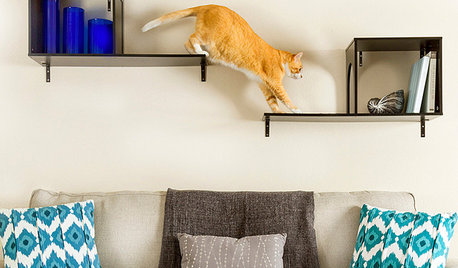
SHOP HOUZZHouzz Products: Create a Cat Heaven at Home
Show kitty you care and keep your style too with fun and cozy cat beds, perches, trees and decor
Full Story
LANDSCAPE DESIGNDitch the Ordinary Ditch: Create a Realistic Dry Creek Bed
Here’s how to turn your water runoff system into an eye-catching accent for your landscape
Full Story
LANDSCAPE DESIGNThe 7 Best Plant Types for Creating Privacy and How to Use Them
Follow these tips for using different kinds of plants as living privacy screens
Full Story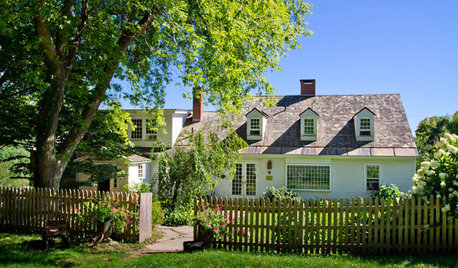
LIFECreate a 'Forever House' Connection
Making beautiful memories and embracing your space can help you feel happy in your home — even if you know you'll move one day
Full Story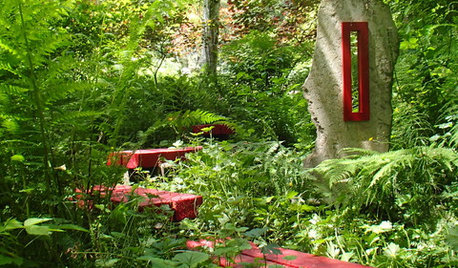
LANDSCAPE DESIGNCreate a Garden That Tells a Story
Take design cues from punctuation marks for a garden with order and intrigue
Full Story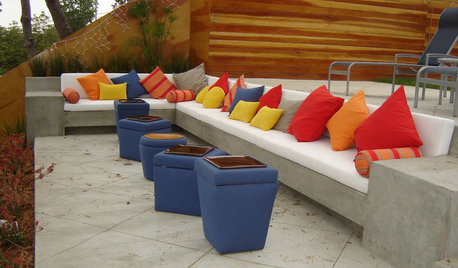
GARDENING AND LANDSCAPING10 Outdoor Banquettes Create Fresh-Air Seating With Style
The popular built-in bench offers as much utility and comfort on backyard patios as it does indoors
Full Story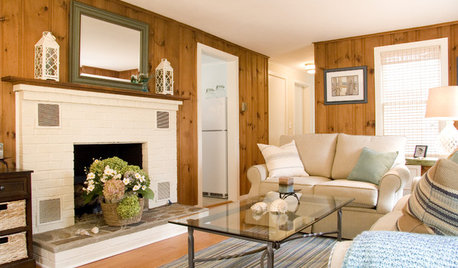
WALL TREATMENTSThese Are Not Your Grandfather’s Pine Walls
The knotty look went from popular to pariah in years past, but today’s designers are finding new and stylish ways to embrace it
Full Story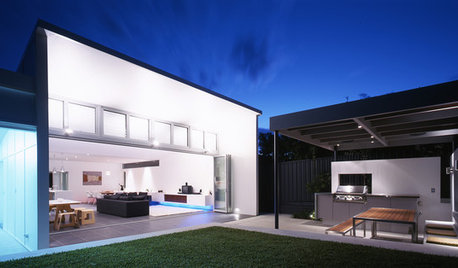
REMODELING GUIDESThe Outside Comes Inside Down Under
Pining for warmer days? Get a preview from Australia's summery New Year
Full Story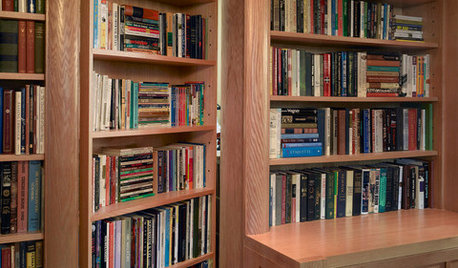
GREAT HOME PROJECTSHow to Create a Secret Doorway Behind a Bookcase
Hide your valuables (or unsightly necessities) in a room or nook that no one will guess is there
Full Story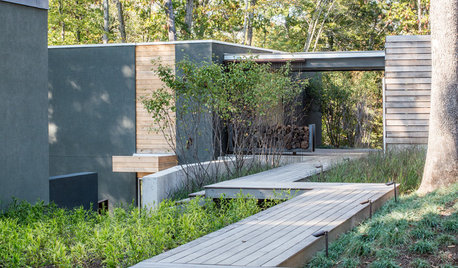
PATHSCreate Garden Mystery With a Zigzag Path
Foster intrigue by setting garden paths at angles ‘yatsuhashi’-style
Full Story





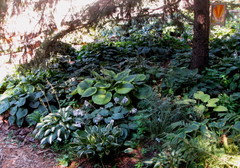
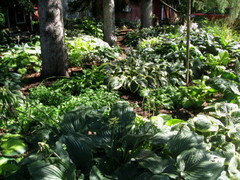



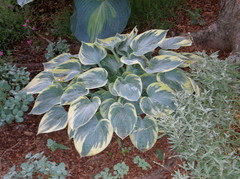
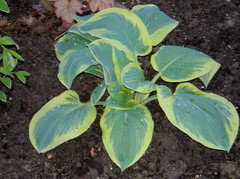
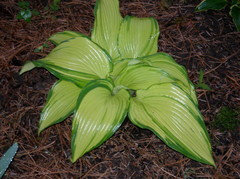


thisismelissa